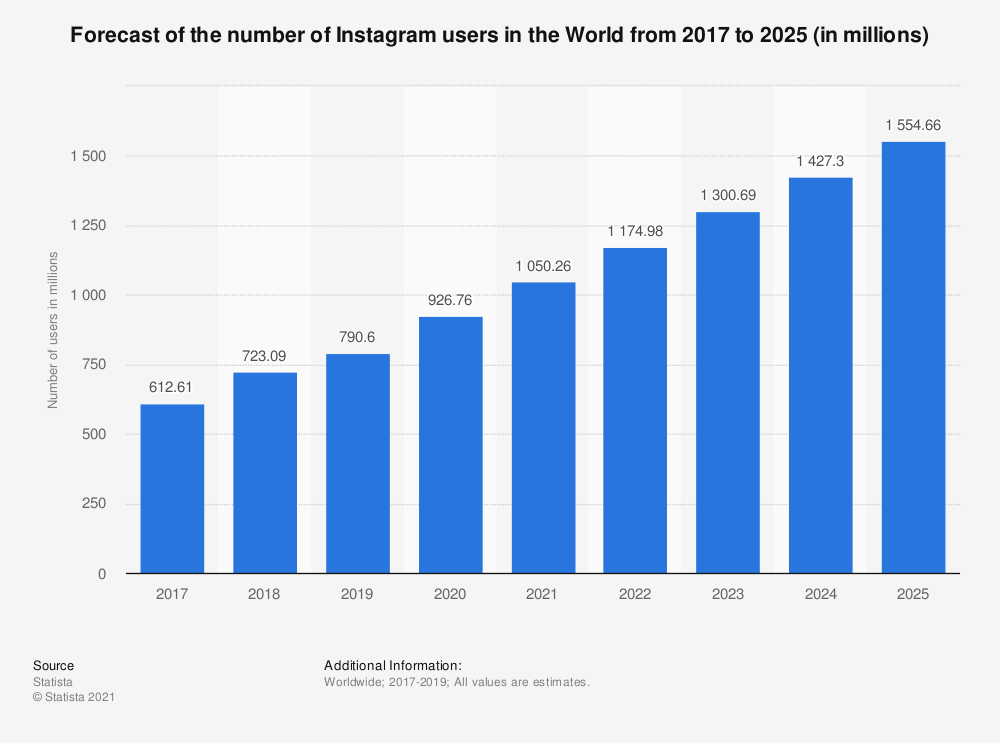Last night at quarter-past-midnight, I sat in my kitchen and was live-streamed into a #VALA2022 conference room in Melbourne. The hybrid thing worked really well, more on which below, but first things first, here are my slides.
The presentation
When I was invited to present on the topic of social media I wasn’t initially sure how to frame it. I talk about social media in workshops all the time but that’s a different thing, really - 3 hours instead of 30 minutes, hands-on rather than a talk, and normally quite focused so for example just covering one tool or approach. In the end I submitted an abstract I was not quite happy with, and then about a month later was struck by the ‘manifesto’ framing for the info and asked the organisers if I could change my plans! They kindly said yes, updated the website etc, and so the slides above are the product of all that.
I’ve tried to create something universal, so whether you work in public, academic, health, school, law or business libraries this should apply equally. I’ve also tried to create something that will help libraries feel refreshed and re-energised - some people I’ve spoken to have talked about a bit of a lull in their social media progress, after making some real progress a year or so into the pandemic… Anyway, check out the slides and see if the ideas help you. The video of the talk will be available in due course.
I absolutely love, love, love this sketch-note of my talk from Kim Williams. It captures all the key points and works as a companion piece to the slides above. Thank you Kim!
Just saw @ned_potter's late night presentation on social media and libraries, and agreed with all the points. Thank you so much for chatting with us at #VALA2022 pic.twitter.com/M21jEFqmzh
— kim williams (@thelibrarykim) June 16, 2022
The hybrid experience
I realised on the afternoon of the presentation that my slide theme of slate grey and yellow matched my kitchen… What hadn’t twigged at that point was that I’d be presenting in that same kitchen! (The main ‘home office’ space is in our bedroom, in which my wife was asleep due to it being 12:15am, so the kitchen was really the only opion for this.) The people of #VALA2022 must think I’m REALLY serious about slide design and always match it to the room…
Ned, thank you. So impressed that your slides matched your kitchen. https://t.co/XYN0NJ7uWL
— Graham Massey (@LibrarianMassey) June 16, 2022
ANYWAY the hybrid experience worked really well for me, and gave me hope for the future of conferences. I just attended UXLibs in person and, of all the conferences I’ve ever attended, I think that is the least doable online - we absolutely HAVE to be in the space together to make it work. So it’s a stark choice of, either have it in person or don’t have it at all. But for most conferences, hybrid can work well and VALA2022 is a great example of that.
I was on Zoom, and both my webcam and my slides appeared on the big screen in the room in Melbourne. I could also see and hear the room audience through Zoom, which makes a huge difference to how connected I felt - when I said I was drinking gin while presenting for the first time, and heard people laugh, I settled in right away.
The other key thing to all this was the conference app. People could ask questions the whole time on the app, whether they were watching online or in the room. I had these up on my second screen and responded to them in real time, which I really enjoy. Interactivity all the way through is always my preference over ‘questions at the end’.
Anyway, I had a great time, people said nice things on twitter so I’m assuming it worked well from their end too (much as I would have LOVED to be there - libraries of Australia, please invite me back over to your wonderful country! Running marketing workshops a few years back in Sydney, Brisbane and Melbourne was on of the best things I’ve ever done professionally). If you’re thinking of running a hybrid conference, talk to the VALA2022 people, they know what they’re doing!
(And if you’re wondering why hybrid is necessary, read Fobazi Ettarh’s post on the subject, and have a look at the Twitter conversation it sparked.)
Thanks to VALA for inviting me, thanks especially to Sam Gibbard, thanks to the organisers for letting me change my talk details and also for recording the session, and thanks SO much to the audience who came along - making your way early to the earliest session of Day 3 no less, and knowing it was a streamed presentation: I appreciate you!




